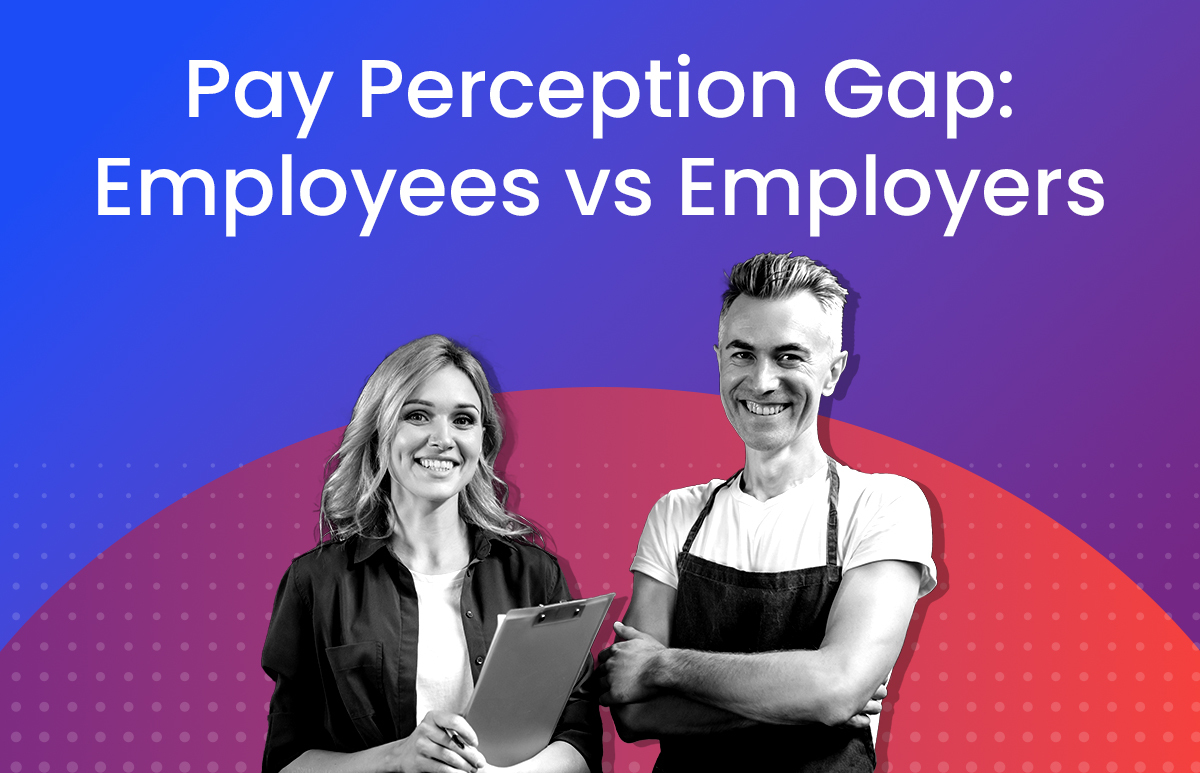Top 5 ways to measure the impact of workplace learning

Despite the dark cloud of COVID-19, there were some positive take-aways from 2020. One was the rise in workplace learning, primarily delivered digitally to dispersed employees.
A LinkedIn report from May[1] showed that employees were spending 130% more time learning based on comparative data from January/February 2020 and March/April 2020. Just as critically, CEOs were actively championing learning programs 43% more than they did in 2019, and 64% of L&D professionals said reskilling the current workforce to fill skills gaps was viewed as more of a priority than ever before.
Accompanying this heightened appetite – and need – for learning will be a renewed push to measure its impact. When L&D professionals were asked earlier this year to identify their most important area of strategic focus, the top response – cited by 38% of those surveyed – was ‘evaluating the impact of learning’. This response beat out ‘increasing learner engagement’ (35%) and ‘enabling self-directed learning with online learning solutions’ (35%).[2]
Assessing the value of learning has always been a challenge. Training programs, whether instructor-led or self-paced online, must maximize learning transfer from the training initiative to the person’s job role. Then it’s about tracking shifts in productivity, performance, engagement, or behaviour. Any training should also contribute towards achieving individual, team and organisational goals. However, assessment of these various outcomes remains hazy.
There is a long history of attempts to accurately assess the impact of learning. Introduced in 1958, the Kirkpatrick Model[3] introduced different levels of measurement – all of which still resonate today. In summary:
- What the learner’s thoughts, feelings, and opinions are regarding the training.
- The increase in knowledge and skill of the learner.
- Behavioural change. The level of change in the learner’s behaviour in the workplace.
- Results. The overall change in the organisation due to training.
- Potential payoff (i.e. the return on investment). A few years later the Kirkpatrick model was extended to include a fifth level of measurement. This ties the potential payoff (i.e. the return on investment) to the outcomes of a training program. It was an acknowledgement that linking training outcomes to business goals was critical.
However, point 5 in particular remains challenging. Demonstrating ROI of learning initiatives was cited as a challenge by 1 in 4 respondents to a survey of over 1500 HR professionals, the results of which are seen in the 2019 HR Industry Benchmark Report.
Align key performance indicators (KPIs) with training goals to demonstrate ROI. A change in metrics or KPIs – such as an escalation in non-compliance issues, or a drop in widgets produced – may result in a request from managers for training to improve the metrics. Identify the KPI that can be affected by a change in knowledge, skill, or aptitude to measure the impact of training. The training goals should mention how they intend to impact the KPIs.
Evidence suggests that there is no industry standard for assessing the impact of learning initiatives. L&D professionals use a wide range of data points to measure the impact of learning initiatives, including quantitative data from online learning solutions, simple metrics like the number of courses completed per employee, and qualitative feedback from learners. LinkedIn’s 2020 Workplace Learning Report identified the top 5 ways that L&D professionals measure the impact of online learning.
- Qualitative feedback from employees (43%)
- Number of online courses completed (38%)
- Number of employees who consistently learn online (35%)
- Employee satisfaction (34%)
- Qualitative feedback about behavioural change (31%)
Just like there is no uniform way to assess learning impact, there is no uniform way to assess learner engagement. Tracking course completions is the most common way of assessing learner engagement, but it’s not the only way. Other metrics to consider for online learning include frequency of visits to the LMS or course library and time spent learning.
LinkedIn research[4] suggests the top 4 ways to define an engaged online learner are:
- Course completions
- Learner satisfaction surveys
- Minutes learning per month
- Repeat visits (2x) per month
Measuring the deep impact of the training programs can be time-consuming and complicated. Fortunately, technology can help. HR and L&D professionals should have access to various reporting tools built into their LMS. ELMO Learning Management Software, for example, allows users to generate, export and schedule reports, create custom reporting with charts, compare course completion rates across the organisation and automatically generate course completion certificates.
ELMO Software can help HR professionals manage their workforce, even while operating remotely. As a cloud-based solution, ELMO helps employers manage their teams from anywhere at any time from a secure, centralised location. All employee-employer touchpoints are covered by ELMO’s suite, from ‘hire to retire’. This includes recruitment, onboarding, performance management, payroll, rostering / time & attendance, learning & development, and more. To find out more, contact us.
[1] “Leading with Learning: Insights and advice about the new state of L&D”, 2020, LinkedIn Learning
[2] 2020 Workplace Learning Report, LinkedIn Learning
[3] “Kirkpatrick Model: Four levels of learning evaluation”, Educational Technology, 2018
[4] 2020 Workplace Learning Report, LinkedIn Learning
 HR Core
HR Core 









